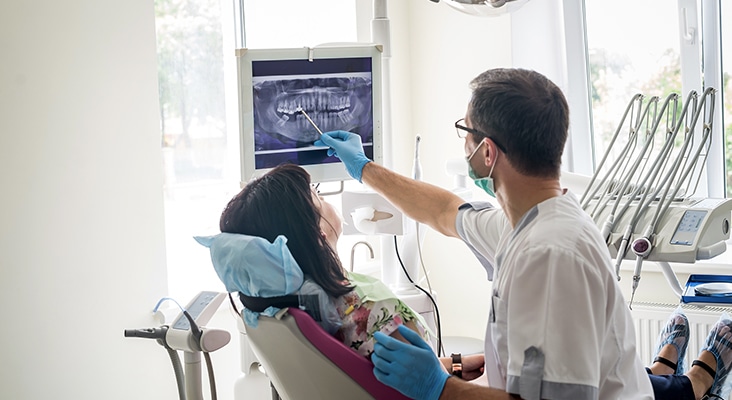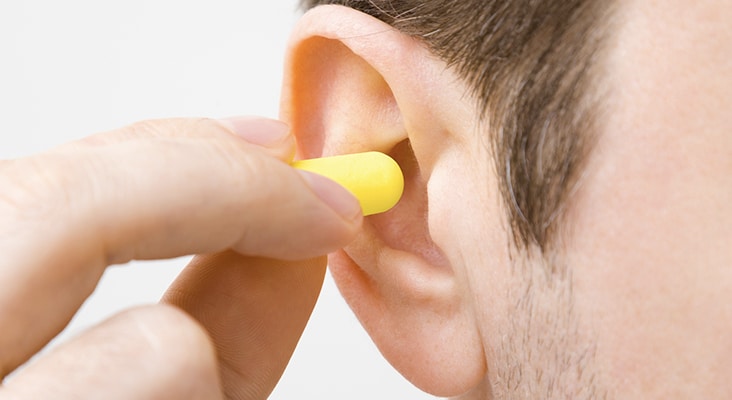How Technology Can Help You Reduce the Risk of Musculoskeletal Injuries?
The use of proper ergonomics includes adjusting dental hygienists’ work environments to help them be more effective and efficient, while minimizing the risk of injury. New technology has entered the dental operatory that may provide ergonomic benefits to clinicians. Some technology advancements are quite common, such as loupes, lights, ergonomic seating, and earplugs to prevent hearing loss.







